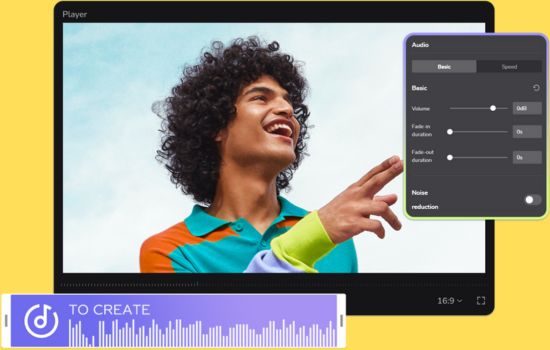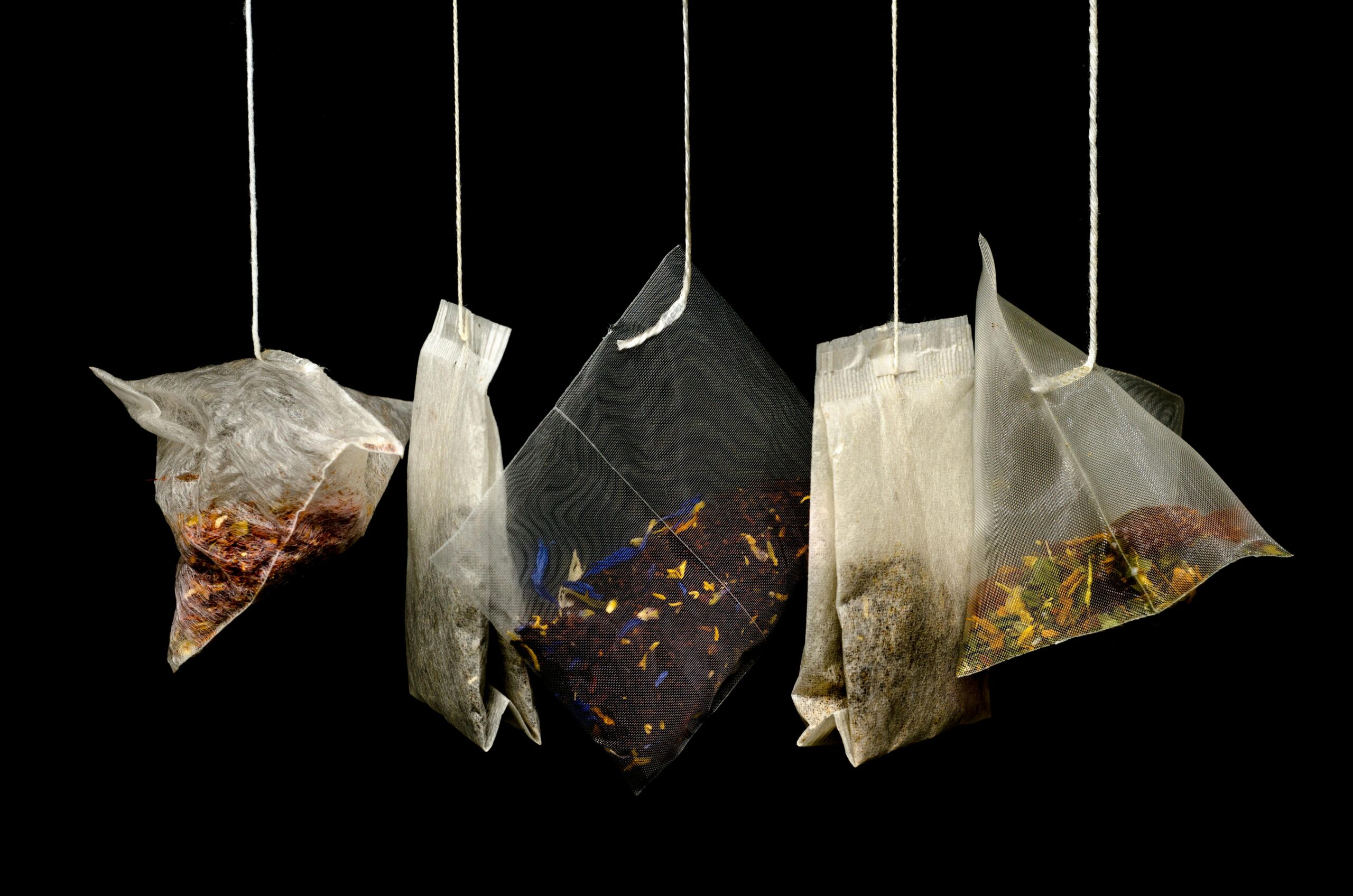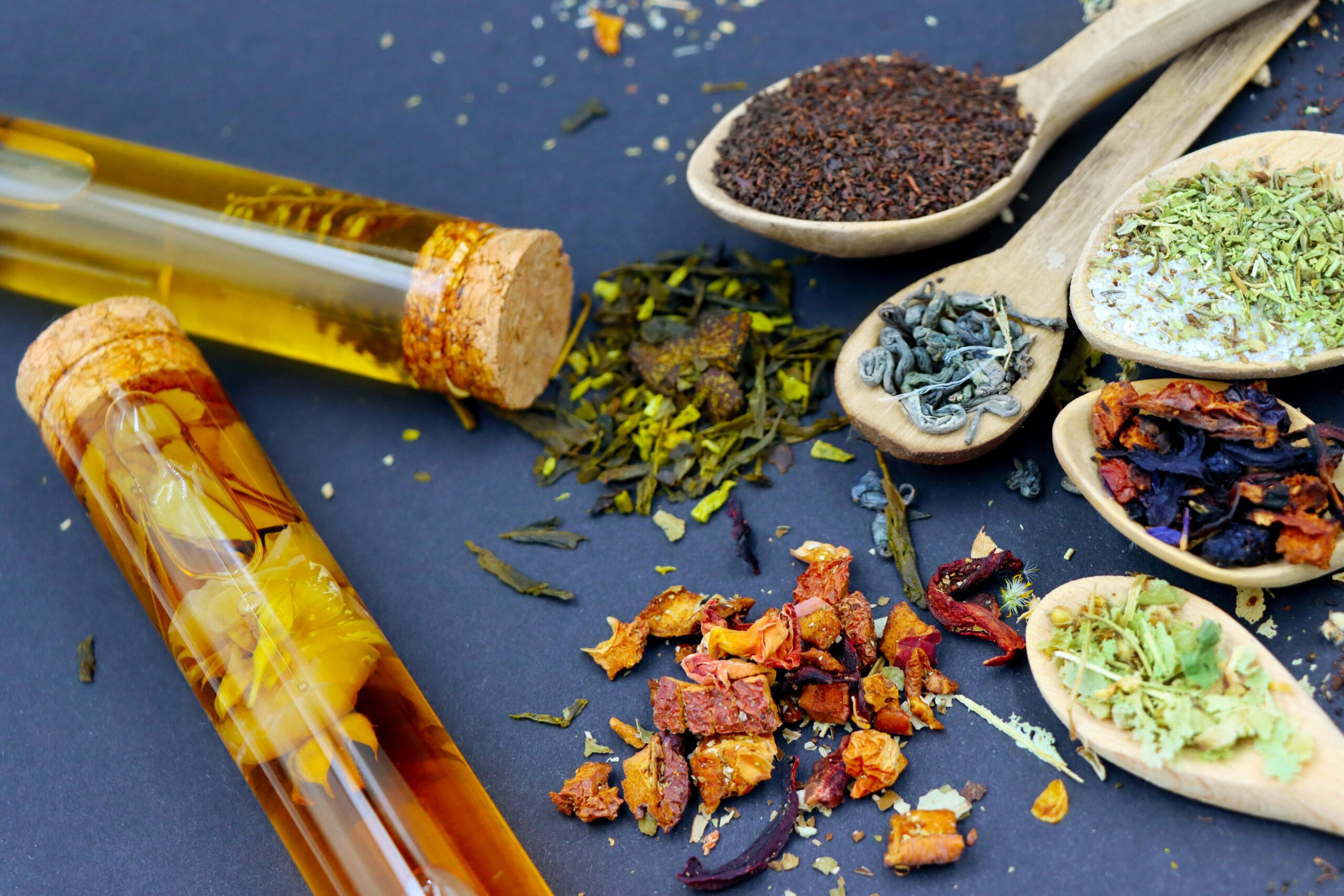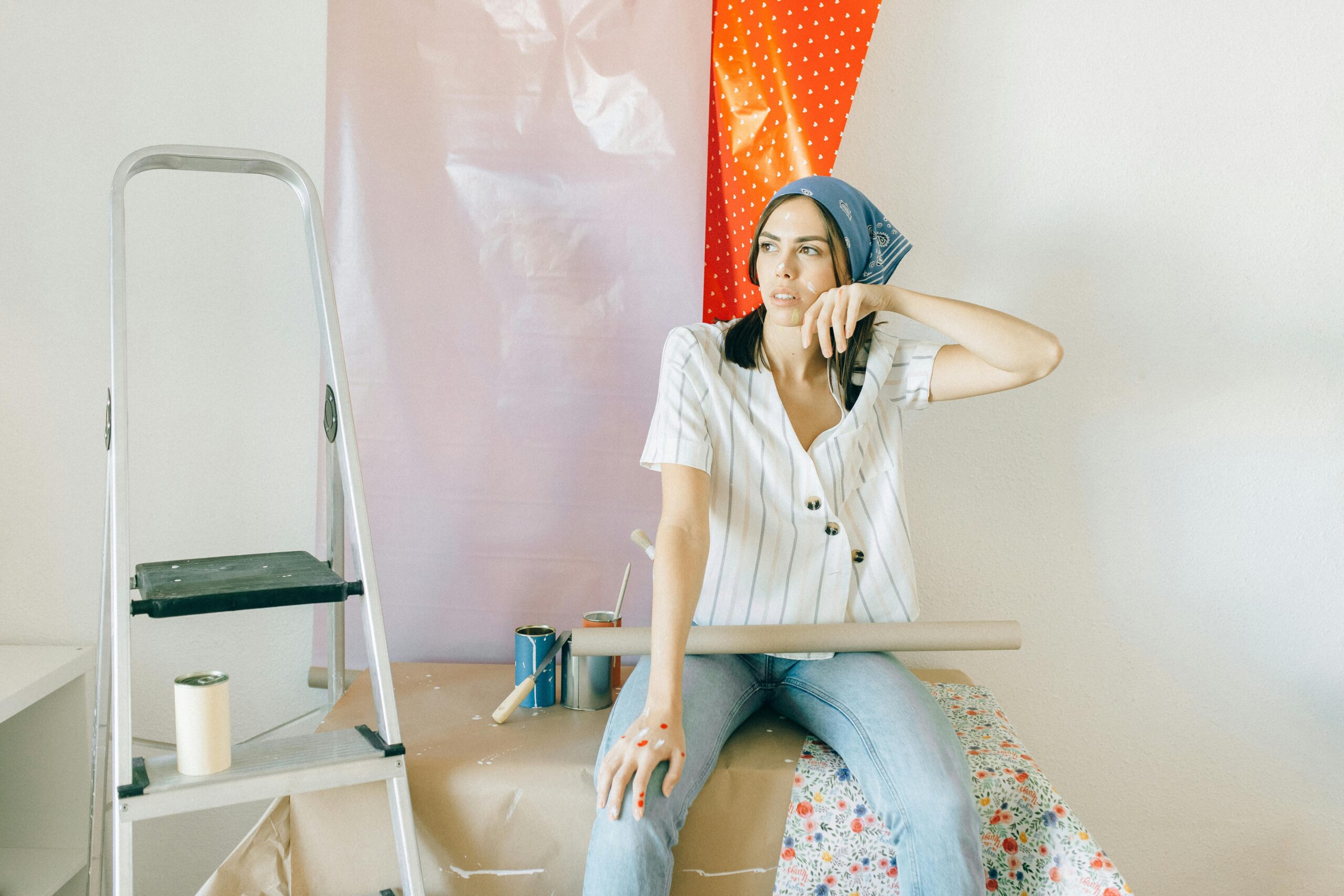Anúncios
Ever wondered how creators turn simple photos and music into stunning videos that go viral? Let’s dive into the world of video creation! 🎬
Creating videos used to be this super complicated thing that required expensive equipment and professional software. But honestly? Those days are long gone. Now, your smartphone is basically a portable production studio, and there are tons of apps that can help you create content that looks like it came straight out of a professional editing suite.
Anúncios
Whether you’re trying to grow your social media presence, document your travels, or just create something cool to share with friends, understanding how to combine photos and music into engaging videos is a game-changer. And trust me, it’s way easier than you think!
Why Photo and Music Apps Are Taking Over Video Creation 📱
The explosion of short-form video content on platforms like TikTok, Instagram Reels, and YouTube Shorts has created this massive demand for easy-to-use video creation tools. People want to create content quickly without spending hours learning complicated software.
Anúncios
Photo and music apps fill this exact need. They let you take your existing photos, add some killer music, throw in some transitions, and boom – you’ve got shareable content. The best part? Most of these apps are designed with simplicity in mind, so you don’t need a film degree to use them.
What’s really cool is how these apps democratize content creation. Someone with just a smartphone and a creative idea can produce videos that rival what used to require thousands of dollars in equipment. That’s pretty incredible when you think about it.
Understanding the Basics: What Makes a Video Actually Good? 🎯
Before we jump into the tools, let’s talk about what separates mediocre videos from ones that actually grab attention. It’s not just about having fancy effects or the latest app.
First up: storytelling. Even if your video is just 15 seconds long, it needs to tell some kind of story or convey a clear message. This could be as simple as showing a progression of photos from a trip, or capturing a transformation, or just creating a mood.
Second: music choice matters way more than most people realize. The right track can elevate average footage into something memorable. The rhythm of the music should match the pace of your visuals, and the mood should complement what you’re showing.
Third: pacing and timing. This is where a lot of beginners stumble. You want your transitions to feel natural and your cuts to happen at points that make sense with the music. Most great video creators spend time syncing their visual changes with musical beats.
The Elements That Actually Matter
When you’re putting together a video from photos and music, there are several key elements to consider. Color grading can make a huge difference – keeping a consistent look throughout your video makes it feel more professional. You don’t need to go overboard, but even subtle adjustments help.
Text overlays are another powerful tool, especially for social media where many people watch without sound initially. Adding captions or highlighting key points can keep viewers engaged even when they’re scrolling through their feed silently.
Transitions are where many beginners get tempted to go crazy. Here’s the thing though – simple is usually better. A clean fade or a smooth slide often works better than a flashy 3D spin that distracts from your content.
Top Apps for Creating Photo-Based Videos 🌟
Let’s get into the actual tools you can use. The app ecosystem for video creation is huge, but I’ll focus on the ones that actually deliver without making things unnecessarily complicated.
CapCut: The All-Rounder Everyone’s Talking About
CapCut has seriously blown up in the content creator community, and for good reason. It’s free, surprisingly powerful, and has a interface that makes sense even if you’ve never edited before.
What makes CapCut stand out is how it gives you professional-level features without the professional-level headaches. You can easily import photos, add music from their library or your own files, and apply effects that would take forever to create manually in traditional editing software.
The keyframe animation feature is particularly cool – it lets you add movement to still photos, making them feel more dynamic. You can zoom in, pan across, or create complex movements that add serious production value to your videos.
InShot: Quick Edits with Professional Results
InShot is another favorite among mobile creators. It’s got this perfect balance between simplicity and functionality. The timeline-based editing feels intuitive, and you can see exactly how your video is coming together as you work.
One feature I really appreciate is how easy it makes adjusting clip duration. You can set specific timing for each photo, which is crucial when you’re trying to sync everything with your music. The music editing tools are solid too – you can trim tracks, adjust volume levels, and even add fade-in and fade-out effects.
VivaVideo: For Those Who Want More Creative Control
VivaVideo caters to people who want to get a bit more creative with their edits. It has a huge library of effects, filters, and transitions that you can experiment with.
The app also includes themed templates which can be super helpful when you’re starting out or just want to create something quickly. You basically choose a theme, add your photos and music, and the app handles the creative heavy lifting.
The Music Situation: Licensing and Where to Find Tracks 🎵
Here’s something that trips up a lot of creators: music licensing. Just because you can add any song to your video doesn’t mean you should, especially if you’re posting to platforms that care about copyright.
Most video editing apps include royalty-free music libraries. These tracks are licensed for you to use without worrying about copyright strikes or muted videos. Yeah, they might not be the latest chart-toppers, but there are actually some really good options if you dig a little.
For platforms like Instagram and TikTok, using their built-in music libraries is often the safest bet. These tracks are pre-cleared for use on those platforms. If you’re creating content for YouTube, check out the YouTube Audio Library – it’s completely free and has a decent selection.
Premium Music Options Worth Considering
If you’re serious about content creation and want access to better music, services like Epidemic Sound or Artlist are worth the investment. They offer subscription-based access to professional music that you can use across all platforms without issues.
These services might seem pricey at first, but if you’re regularly creating content, having access to high-quality, copyright-safe music becomes really valuable. Plus, better music genuinely makes your videos more engaging.
Step-by-Step: Creating Your First Photo Video 🎬
Let’s walk through the actual process of creating a video from start to finish. This workflow works regardless of which app you choose, though specific buttons and features might be in different places.
Start by selecting your photos. This sounds obvious, but think about the story you want to tell. Choose images that flow together and make sense in sequence. Around 10-20 photos works well for a video between 30-60 seconds.
Import your photos into your chosen app and arrange them in order on the timeline. Most apps let you drag and drop to rearrange things, so don’t worry if your initial order isn’t perfect.
Next, adjust the duration of each photo. A general rule is 2-3 seconds per photo for casual viewing, but this depends on your music and pacing. Action-packed videos might show photos for just a second, while more contemplative content could hold on images longer.
Adding and Syncing Your Music
Now comes the fun part – adding music. Import or select your track, then listen through while watching your photos. You’ll probably notice places where transitions feel off or where the timing doesn’t quite work with the music.
This is where the magic happens: adjust your photo durations and transitions to match the music’s rhythm. Try to time major visual changes with beats or musical shifts. This takes practice, but it makes a massive difference in how professional your final product feels.
Don’t be afraid to trim your music track if it’s too long, or loop it if you need more time. Most songs have natural endpoints that work well for shorter videos – you don’t always need to use the entire track.
Enhancing with Effects and Transitions
With your basic structure in place, you can start adding polish. Apply a consistent filter or color grade to maintain visual coherence. If you’re using photos from different sources or lighting conditions, this step is especially important.
Add transitions between photos. Start simple – basic fades and slides often work best. You can get fancier as you develop your style, but remember that transitions should enhance your content, not distract from it.
Consider adding text elements if they make sense for your video. Maybe it’s a title at the beginning, captions for context, or end cards directing viewers to other content. Keep text readable by choosing clear fonts and ensuring good contrast with your backgrounds.
Platform-Specific Tips for Maximum Impact 📲
Different social media platforms have different preferences and requirements for video content. Creating a one-size-fits-all video usually means compromising on all platforms.
For Instagram Reels and TikTok, vertical format (9:16 aspect ratio) is king. These videos should be punchy and get to the point quickly. The first second is crucial – you need to grab attention immediately or people will scroll past.
YouTube Shorts also uses vertical format but can be up to 60 seconds long. This gives you slightly more time to develop your story, but the need for strong opening hooks remains critical.
Traditional YouTube videos work best in horizontal format (16:9). If you’re creating photo-based videos for main YouTube content, you can take a more cinematic approach with longer durations per photo and more complex storytelling.
Optimizing for Each Platform’s Algorithm
Every platform’s algorithm rewards different things, but engagement is universally important. Create videos that encourage people to watch through to the end – completion rate is a huge factor in whether platforms will show your content to more people.
Adding captions makes your videos more accessible and keeps people watching even when they can’t play sound. This is especially important for Facebook and LinkedIn, where videos often autoplay silently in feeds.
Pay attention to trending audio on platforms like TikTok and Instagram. Sometimes using a popular sound can give your video a boost in visibility, even if your content is photo-based rather than filmed.
Common Mistakes to Avoid (I’ve Made Them All!) 😅
Let me save you from some of the errors I made when starting out. First major mistake: using too many different effects and transitions in one video. It ends up looking chaotic rather than creative. Pick a style and stick with it.
Another common issue is mismatched audio levels. If your music is too loud, it becomes overwhelming. Too quiet, and it loses impact. Most apps have volume controls – use them to find the sweet spot where music enhances without overpowering.
Resolution matters more than you might think. Always export in the highest quality your app and platform support. Blurry, low-res videos immediately make your content look amateur, regardless of how good your editing is.
Not considering mobile viewing is a huge oversight. Most people will watch your content on phones, so make sure text is readable at small sizes and important elements aren’t getting cut off at screen edges.
Taking Your Videos to the Next Level 🚀
Once you’re comfortable with the basics, there are tons of advanced techniques to explore. Motion graphics and animated text can add serious visual interest to photo-based videos. Many apps now include templates for this kind of content.
Layering is another powerful technique. You can overlay videos on top of photos, add multiple text elements, or create picture-in-picture effects. This works especially well for tutorial or educational content.
Don’t sleep on the power of color grading. Learning to adjust highlights, shadows, saturation, and specific color channels can transform the mood of your videos. Consistency in color grading creates a recognizable style that helps build your brand as a creator.
Sound design goes beyond just music. Adding subtle sound effects – whooshes for transitions, ambient noise, or emphasis sounds – can make videos feel much more professional and engaging.
Building Your Creative Workflow ⚡
As you create more videos, developing a consistent workflow will save you tons of time. I typically organize my photos in albums before even opening an editing app, which makes the creation process much smoother.
Keep a collection of music tracks that you like and have rights to use. Nothing kills creative momentum like spending 30 minutes searching for the perfect song. Build a library you can quickly pull from.
Save your project files! Most apps let you save works-in-progress. This is clutch when you want to create similar videos later or if you need to make edits after posting.
Batch creating content is super efficient. If you’re in a creative groove, make several videos in one session. You’ll have content ready to post throughout the week without the pressure of constant creation.

The Creative Mindset: Finding Your Unique Style 💭
Technical skills are important, but developing your own creative voice is what will make your content stand out. Pay attention to what videos you enjoy watching and analyze what makes them effective. What editing techniques do they use? How do they pace their content?
Experimentation is key. Don’t be afraid to try different styles, effects, or approaches. Some will work, others won’t, and that’s totally fine. Every video you create teaches you something about what resonates with your audience and what feels authentic to you.
Consistency in style helps build recognition. This doesn’t mean every video needs to look identical, but having certain elements that tie your content together – maybe a specific color palette, intro style, or type of music – helps viewers instantly recognize your work.
Remember that trends come and go, but authenticity lasts. While it’s smart to be aware of what’s popular, creating content that genuinely reflects your interests and personality will always perform better in the long run than chasing every trend.
Creating stunning videos from photos and music is both an art and a skill that improves with practice. The tools we have access to today make it possible for anyone to produce content that looks professional and engages audiences.
Start simple, focus on telling good stories, and don’t be afraid to develop your own style. The best part? You literally have everything you need right in your pocket to start creating today. So grab your phone, pick some photos, find a track that vibes with you, and start making something awesome! 🎥✨






